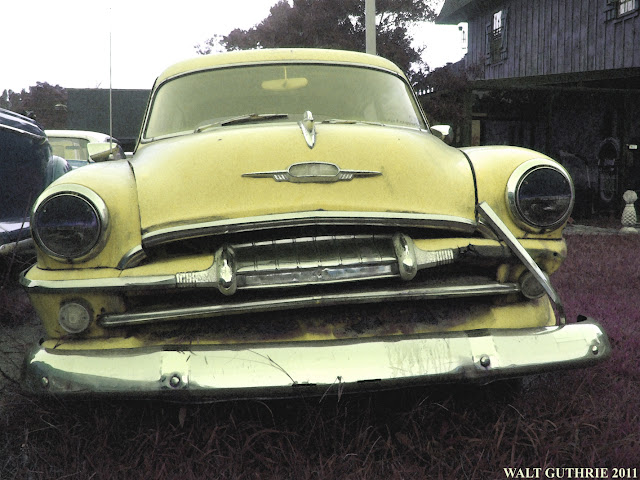Shane Morton takes aim in Dear God No!
The thing to know about Shane Morton is that starring in and doing make-up and prop-work on a low budget biker vs. Bigfoot movie is just another day in the life of Shane Morton. Shane lives the kind of life an eight year old boy might plan for himself before being rudely slapped in the face with the cold fish of reality. Somehow, Shane never got that wake up call.
He plays in horror-themed rock bands, oversees an elaborate monthly comedy burlesque tribute to classic horror cinema at Atlanta's Plaza Theater, and exhibits and sells his own horror themed paintings at local horror art exhibitions. Last year he put together and oversaw the mammoth Atlanta Zombie Apocalypse, a complete re-imagining of what a commercial Halloween haunted house experience could be. You can find him applying his airbrush skills at the Atlanta Zombie Walk or presiding over one of the cooler floats at the Little Five Points Halloween Parade. And just last week Shane acted in and built sets for the 7 Stages' production of the first act of "House Von Dracul," a rock opera version of Bram Stoker's "Dracula."
Waiting for the camera to roll.
What makes all this possible is a loyal crew of like-minded hard-working genre devotees who show up again and again in Shane's projects and are inspired to go on and pursue their own. You can pick some of them out by the impressive tattoos of various Hammer and Universal horror icons that adorn significant percentages of their bodies, rendered, of course, by Shane.
Shane applies a bullethole
Although Dear God No! is directed by Jimmy Bickert, there were a lot of familiar faces on the two days I attended the shooting.
Nick Morgan takes a long rest during a break between filming.
Screenwriter (for The Girl Next Door), Fangoria contributor and Atlanta horror perennial Philip Nutman on set where he'll eventually get shot in the chest.











